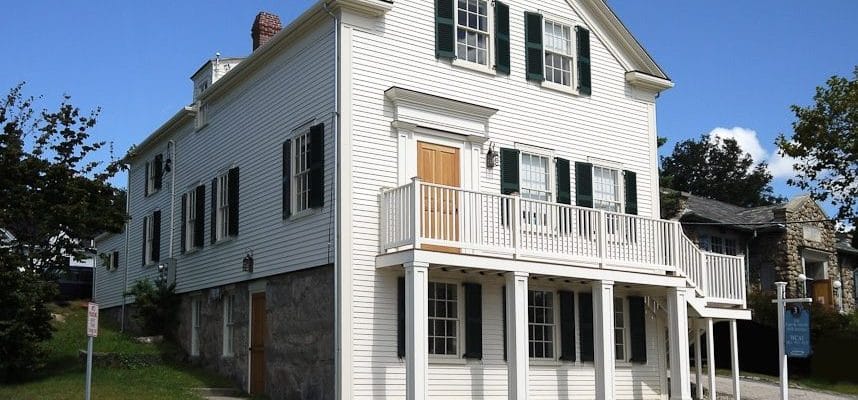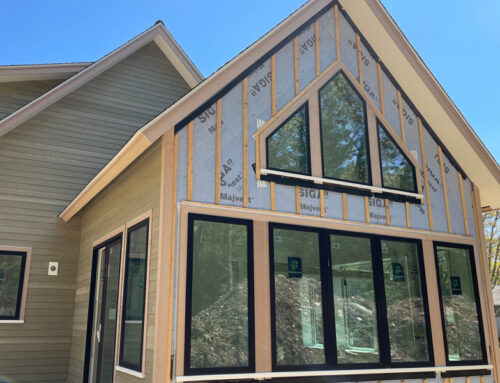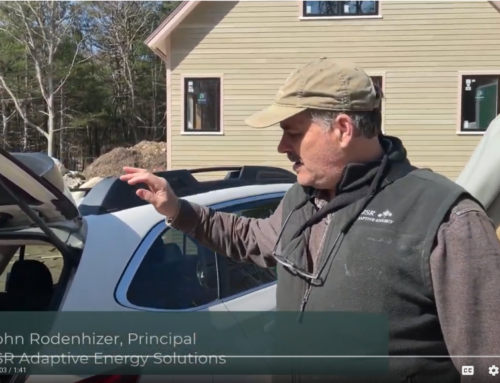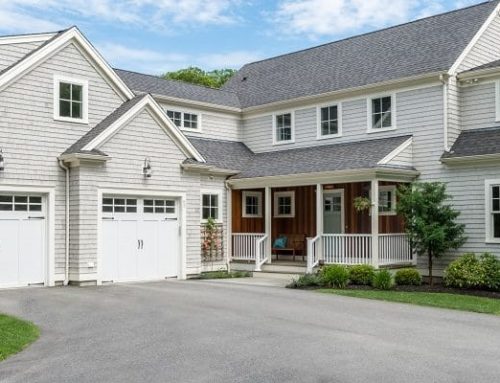So you think you can’t build on a sloping lot? Read this first.

Many of our clients have a dream home in mind, but feel like certain circumstances will prevent
them from being able to see that dream come true. Due to a variety of land and environmental
challenges, many people believe that it would be impossible to build the home they’re looking
for in the place they want to. Does that sound like you? Before you give up, consider some
creative solutions.
Creative Design is our Specialty
Sloping land, challenging lots, problems with soil…the list of obstacles for builders is endless.
Many home sites are on sloping land which offer beautiful views, privacy, or waterfront access –
but people tend to veer away from building for fear of the hurdles. That doesn’t mean there
aren’t answers, and perhaps you haven’t heard of some of them. Here are a few options you
might discuss with your builder before you assume you can’t build your dream home on a
unique piece of land.
Retaining Walls
Particularly steep slopes can be stabilized with a retaining wall. In addition, landscaping can
help stabilize the ground with sturdy, fast-growing ground cover or plants. Many people choose
to incorporate terraced levels that can be fortified with stone retaining walls. Erosion, runoff, and
drainage are also areas to think about if you are building on a steep slope, but the right
contractor can offer solutions to all of those issues!
The Right Foundation
Foundations are critical in the building process because something needs to essentially anchor
the home to the ground. They can be particularly tricky to navigate when soft soil or moving
ground is involved. Piles – concrete columns drilled deep into hard bedrock to securely anchor
the building – have become increasingly popular as a method for dealing with difficult land.
There are many pile options but you might consider screw piles (also known as helical piles)
They are hollow tubular steel piles that are wound into the ground by machine with no prior
excavation. They are fast to install and result in minimal soil displacement and disposal. Also,
the formula for the cement being used can be changed based on the environment into which it
is being poured. Your builder will understand this and be able to guide you. You may be
surprised to learn how many foundation options are available to you.
Embrace the Hillside
Many people choose to build into heavily sloping land. In some cases, rather than dealing with
expensive foundation struggles, you might select a split-level house half inside the hill and half
out of it. This would involve some excavation that would add about 15% to normal building costs
– but be significantly less than constructing a foundation to deal with the issue. The key is to
embrace the contours of the hillside, not try to force a flat site plan onto a hilly area.
Build on Stilts
To avoid the need for creating expensive foundations on sloping ground, you might consider
building on a series of supporting stilts or columns. In some situations, this can be a cost-
effective solution. One benefit is that it leaves the ground below relatively untouched so that
nature can take over more of the site.
Consult an expert
Excavation, waterproofing, grading, access, slope ratios, soil testing, environmental regulations
– there are more things to think about when building on a sloping site, but it’s certainly not
impossible. In fact, the rewards for building on a site that others may not want to can be a
visually stunning home, with great views, and the privacy you may want. It’s important to consult
with an expert builder who understands these situations and knows how to build on land that
some might find tricky.
There are so many things to consider when asking if a building is right for you – let us help! With
over 50 years of experience in home building, we are passionate about being a resource and
sharing suggestions for creating the home of your dreams – even if you’ve been telling yourself
it’s out of reach.








